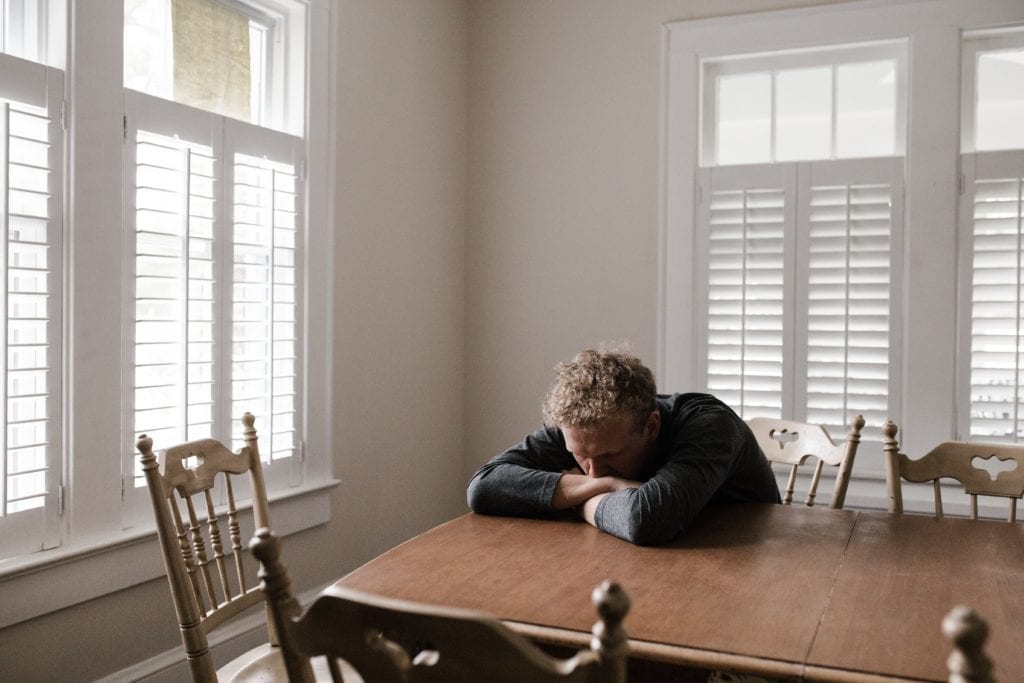It’s the most wonderful time of the time year—regardless of where on the calendar you happen to land. The changing seasons can bring with them a favorite beverage or activity, with news sites and social media often promoting the benefits of spring, summer, autumn, or winter. For some though, a particular part of the year usually brings with it a type of seasonal-related depression. This condition can be extremely hard to manage and might cause a great deal of frustration. So, what is seasonal depression, and what signs should you look out for? The answer may surprise you.

The American Psychiatric Association (APA) defines seasonal-pattern depression as a specifier of major depressive disorder (MDD). Its central feature is the recurrent appearance of major depression during a particular time of the year.
Many assume it to be akin to “winter blues,” with seasonal depression only being limited to the colder winter months. The assumption has been partially proven: most seasonal depression cases do, in fact, take place during winter, and the likelihood of experiencing this type of major depression grows at higher latitudes. The effect of this variable is significant: for example, whereas about 1% of Floridians have been found to face seasonal depression, 9% of Alaskans contend with this type of depression.
Empirical evidence suggests that this is due to disrupted serotonin regulation. A mood-elevating neurotransmitter, serotonin is kept active for longer during summer, thanks to the increase in sunlight. During the winter, serotonin’s reuptake process is quickened, due to the relative lack of sunlight, which in turn can cause a decrease in one’s mood.
That said, seasonal depression can still occur during all seasons and periods, making “summertime sadness” a possible, if less plausible, occurrence.
In addition to one’s distance from the equator, women have been found four times likelier than men to develop seasonal depression.
For a seasonal depression diagnosis to be considered, the patient’s depression also needs to be alleviated during other, distinct periods of the year. Together, their bout of seasonally-related depression and its full remission need to comprise an annual, cyclical pattern of symptoms, repeating itself for at least two years.
For many of us, the yearly calendar brings with it a number of recurring events. It could be going back to school, returning home for the holidays, facing the daunting task of filing your own taxes. These and other possible psychosocial stressors can certainly trigger symptoms of depression, anxiety, OCD and other mental health issues, due to the added burden they may introduce to our daily lives.
They do not, however, constitute seasonal depression. This does not mean that an individual who plunges into a deep and unyielding sadness come fall, due to returning to school, does not experience depression. Only that their condition is not considered related to aspecific season as much as it relates to an unwanted event that happens to coincide with a certain time of the year. Only those who find themselves trapped within an annual cycle of depression, without it being explained by an undesirable event, may be diagnosed with seasonal depression.

A common misconception about seasonal-related depression is that it is a disorder of its own. Many refer to it as seasonal affective disorder—or SAD—giving it a charming acronym that distinguishes it from other mood-related disorders.
However, with the APA finding it to be a specifier, seasonal depression can potentially be a part of major depressive disorder, making it closer to a possible depressive symptom than a full-fledged disorder.
Seasonal depression can tie itself to all the symptoms of major depression, which can include acute and prolonged sadness, a sense of loss or lacking, hopelessness that things might improve, difficulty concentrating, extreme weight change when not dieting, irritability, and more.
The APA notes, however, that seasonal depression often follows a more energetic pattern of behavior than is usually associated with major depression. An individual facing seasonal depression would commonly contend with high levels of energy, overeating, weight gain, and a craving for carbohydrates. Somewhat at odds with this pattern is a tendency toward hypersomnia—a tendency toward sleepiness during the day. Research has suggested this to be the result of higher levels of melatonin, a sleep-inducing hormone whose production increases during the darker winter months.
Seasonal depression is, as stated above, a subtype of major depression. As such, it can respond well to treatments that have been shown to alleviate symptoms of MDD. The FDA has recognized three such treatments for their safety and efficacy in treating this condition:
Selective Serotonin Reuptake Inhibitors: SSRIs are a family of antidepressants that helps keep serotonin active for longer periods of time. It is considered a relatively well-tolerated antidepressant, with more common side effects including weight gain and sexual dysfunction.
Psychodynamics: This form of psychotherapy examines different aspects of the patient’s life, including significant relationships, formative experiences and personality traits, in an attempt to uncover what may have contributed to their depression. Over time, this form of guided reflection has been shown to be able to significantly alleviate the symptoms of this condition.
Transcranial Magnetic Stimulation: A non-invasive medical device treatment, TMS utilizes electromagnetic fields to safely regulate the neural activity of brain structures found to be related to depression. There are currently two types of TMS available on the market: traditional TMS, which relies on a handheld device; and Deep TMS, which relies on its own, patented H-Coil technology, which is held inside a cushioned helmet and manages to directly reach deeper and wider areas of the brain.
In addition to the above-mentioned treatments for depression, research has shown that patients with seasonal depression also respond well to light therapy and vitamin D supplements, both of which help negate the decrease in sun exposure during the winter months.